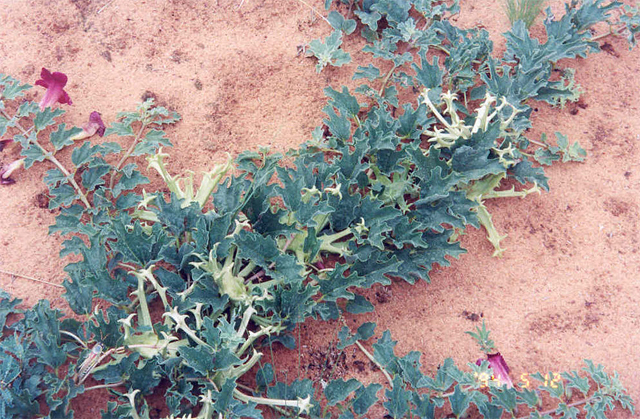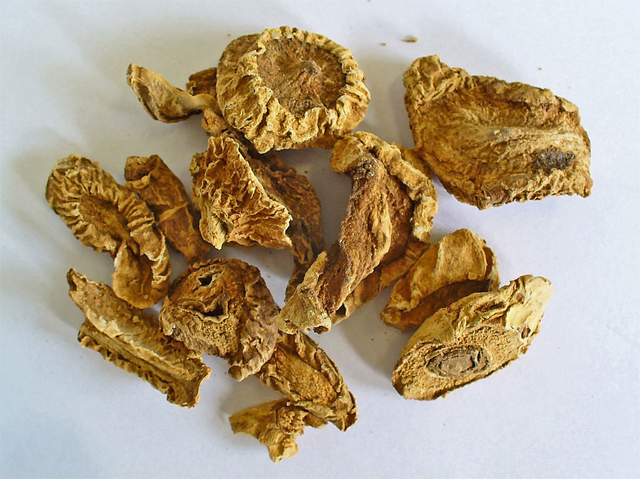Harvesting the tubers of the devil’s claw plants for the international health food market has continued by both the Nyae Nyae Conservancy of the Ju/’hoansi San people in Namibia and their neighbors in the N#a Jaqna Conservancy, the closely-related !Kung.

According to an article published last week in the Namibia Economist, around 500 harvesters in the two societies gathered over 20 tons of the dried devil’s claws over the past year. The harvest netted over N$1 million (US$68,000) for the harvesters. However, the harvesting may be threatened in the area around Tsumkwe by the fences that the people are erecting, the grazing they are illegally allowing, and their indiscriminate usage of firewood and water.
The two conservancies said that the number of cattle and livestock being grazed illegally in the Tsumkwe area has increased dramatically over the past two years, as has the illegal fencing of farms. These issues need to be addressed “as a matter of urgency,” the conservancies indicated.
The two conservancies added that the effective management of their natural resources and their sustainable utilization are essential pillars of their beliefs. They are committed to ensuring that the people will continue to gather the devil’s claw roots sustainably for many years to come.

The article last week does not compare the harvest of the devil’s claw tubers in the season that has just concluded with previous years. An article published late last year indicated that about 800 Ju/’hoansi and !Kung harvested 32 tons of the tubers in 2018, valued at nearly N$2 million.
That report was also based on a news story from the Namibia Economist. Unfortunately, the newspaper last week did not indicate why the sudden drop in the harvest, as previous news stories had reported steady gains. Why the sudden decline in the number of harvesters, from 800 in 2018 to 500 in 2019? Is it because of the illegal livestock and fencing? The facts are not clear as yet.